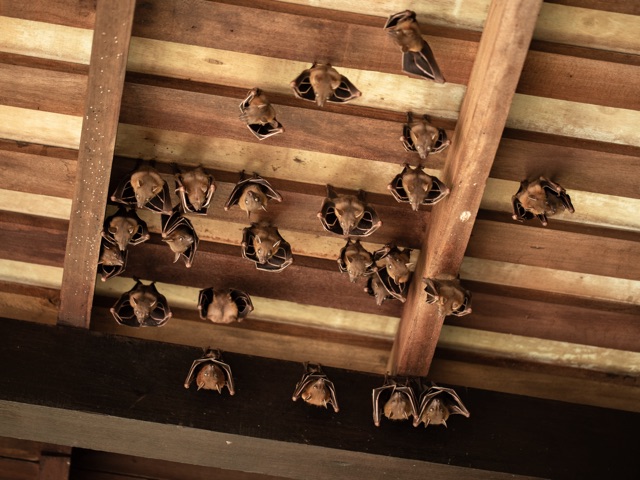Finding bats roosting in your home can be a frightening experience. While these flying animals perform an important function in the ecology, having them in your home entails health hazards as well as potential property damage. Following the successful removal of bats from your property, the next critical step is bat-proofing to prevent re-entry. In this post, we will look at effective bat-proofing strategies that will keep bats in the wild where they belong.
Conduct a Thorough Inspection
Before bat-proofing your home, thoroughly evaluate it for potential access points. Bats can enter via spaces as tiny as a quarter-inch, so pay special attention to rooflines, chimneys, vents, and eaves. To prevent bats from entering, all openings must be identified and sealed.
Use Long-Lasting Sealing Materials
When it comes to sealing entry sites, pick materials that are long-lasting and durable. To ensure a secure seal, use weather-resistant caulk, steel mesh, or heavy-duty hardware cloth. Avoid utilizing materials that bats can readily chew through, such as foam or plastic.
Set up Exclusion Devices
One-way exclusion measures, such as exclusion cones or netting, are extremely successful in keeping bats out of your home. Place these devices over the primary bat entry and exit points. The cone or netting allows bats to depart but not return to the roost, resulting in a compassionate and effective exclusion process.
Trees and foliage should be pruned.
Bats may get entrance to your home through overhanging tree branches or dense foliage. Trim tree branches close to your roofline and preserve vegetation near access points in good condition. This decreases the possibility of bats returning to your home.
Set up Bat Houses
Providing alternative roosting areas for bats can discourage them from returning to your home. Install bat houses high up on walls or poles that face south or southeast for maximum solar exposure. Bat houses provide a safe and pleasant home for bats, encouraging them to avoid your living space.
Crawl Spaces and Attics Should Be Sealed
Bat infestations are widespread in crawl spaces and attics. Fill any gaps or crevices in these areas to prevent bats from entering. Inspect and fortify attic vents with mesh to keep bats out.
Change the Outdoor Lighting
Insects near outdoor lighting attract bats. Use motion-sensor lights or replace brilliant white bulbs with yellow or red bulbs, which are less appealing to insects, to reduce bat activity near your home.
Be proactive in your maintenance.
Inspect your property on a regular basis for signs of wear and tear. Repair any damage to your roof, siding, or vents as soon as possible to eliminate potential access locations for bats.
Bat-proofing your property is an important step in ensuring that bats do not return after they have been successfully removed. You can efficiently prevent bats from returning by completing a thorough investigation, sealing all potential access sites, and installing exclusion devices. Furthermore, installing bat shelters, keeping exterior lighting, and being proactive with property maintenance are all important preventive measures. If you are unable to control a bat infestation, call professional wildlife control services for assistance. You can coexist happily with bats while keeping them in their natural habitat and protecting your home from any health concerns and property damage using these bat-proofing strategies.

